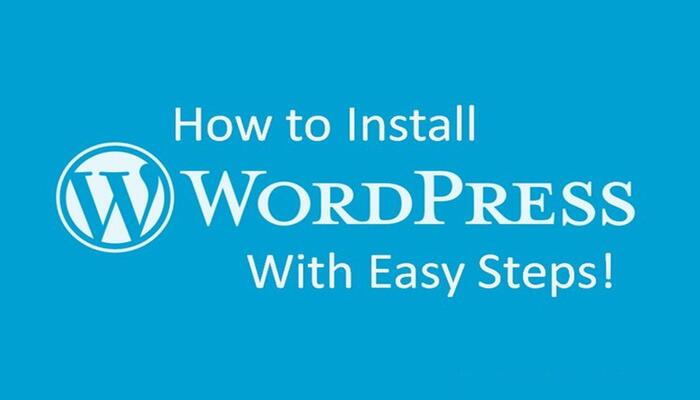WordPress has developed from a handful of users in 2003 to convert a household word. It is presently the biggest self-hosted blogging program in the world with the majority of bloggers install WordPress. The growth of the WordPress program was motivated by the public’s wish for a publishing platform that would be simple and user-friendly.

You may not be informed that WordPress is an Open Source project with thousands of people operating on it across the earth. This means that WordPress sites are easily and fairly accessible for all users, from larger corporations to the daily blogger.
If you’re beginning a blog, WordPress power is ultra-easy, which performs it the most successful website platform. It can be installed in less than 5 minutes (quick-install WordPress) when working a third-party server and just a bit higher when installing it manually.
How to Install WordPress Manually with Easy Steps!
1. Download WordPress as Zip File and Upload
First, Download WordPress ZIP file from the official WordPress website to your PC. Then extract this and upload all data from the inside of the “WordPress” folder to the root folder of your domain (it’s normally named public_html). Upload all files that into WordPress folder using an FTP client.
Note: If you need to have your WordPress blog on a subdomain or in a sub-directory, simply upload the files in that singular directory.
2. Create a Database for Your WordPress Blog
Some hosting providers already have a database generated. However normally this is not the case, so you will need to make one. If your web host uses cPanel service, operate to the Databases section and click the “MySQL Databases” icon. Next just make a new database.
If you have a choice to choose the version of your database, So always choose MySQL 5.6 or greater, or MariaDB 10.0 or greater.
3. Create a Database User for Your WordPress Blog
After you have generated a database, you will require to create a user for it. So now create a new user. Later that add this user to the database (Please must choose All Privileges options).
Next write down the following details, as you will want them in the next step. You will require to identify the hostname, database name, database username, and database password.
4. Run the Install
Your web browser navigates to your domain name or to the folder or subdomain into which you uploaded the WordPress files.
Now choose your language.
Click “Let’s go!”.
Now choose your language.
Click “Let’s go!”.
Now you will require to enter the following details:
- Database Name
- Username
- Password
- Database Host
- Table Prefix







